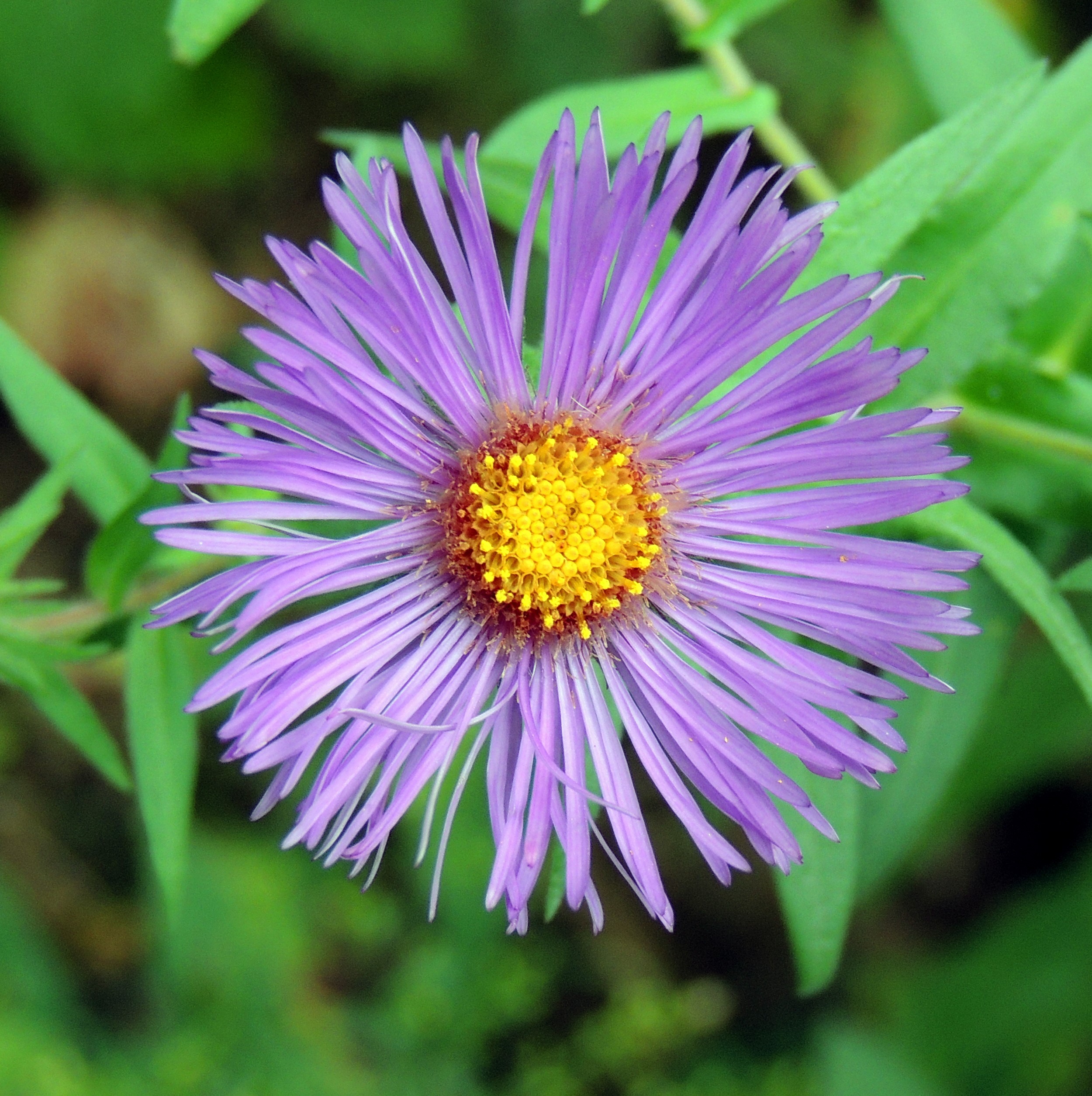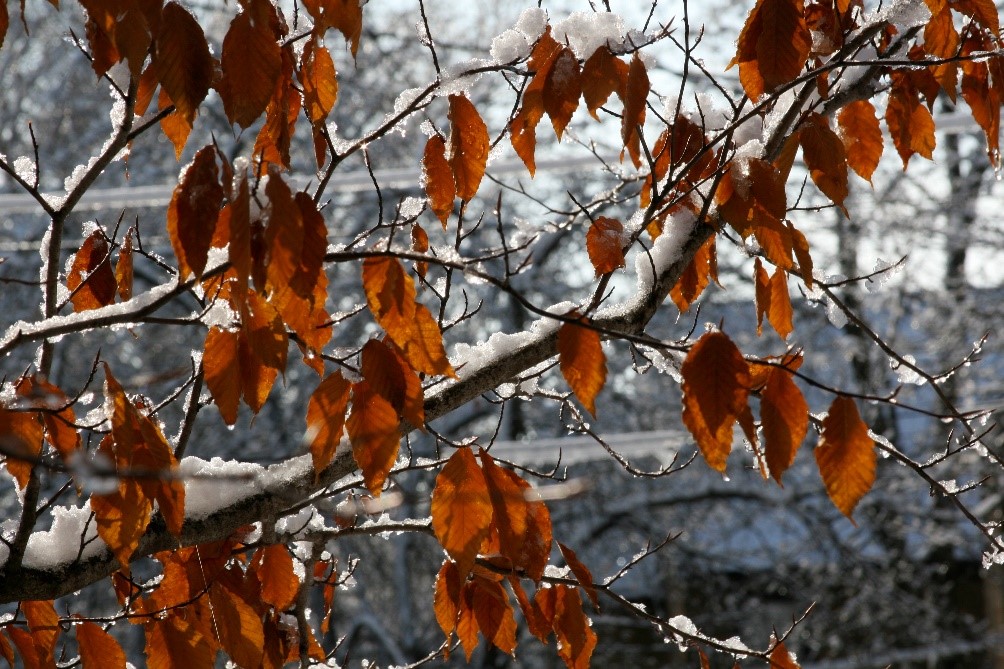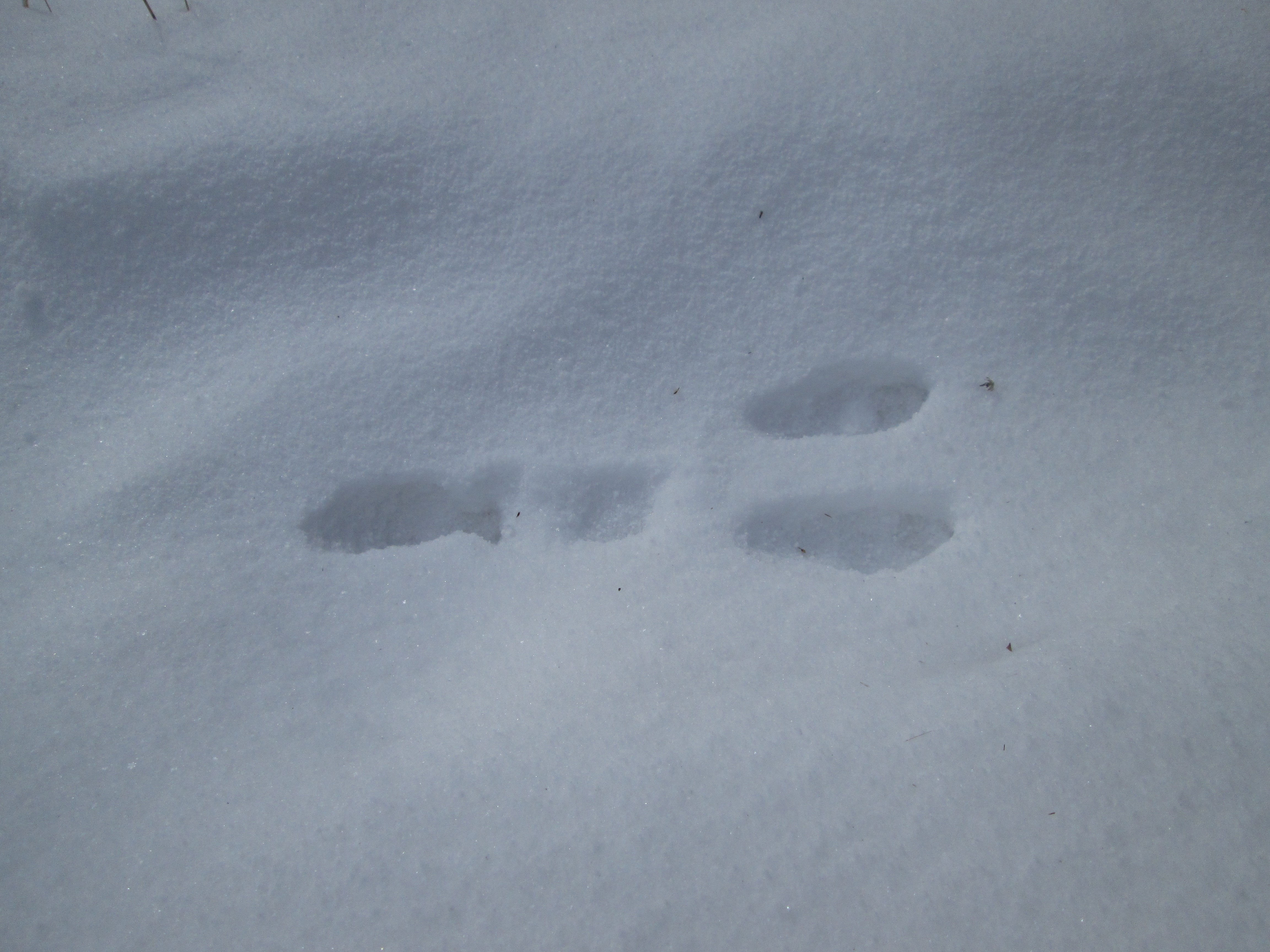 As we move into winter, many plants have died off and many animals have either left the Milwaukee area or entered a state of torpor. While this may seem to make it difficult to see wildlife, the barren nature of the landscape during winter can actually create opportunities to see wildlife that usually would be hidden by the vegetation. Opportunities to see coyotes, squirrels and other backyard birds increase during winter. Be sure to check feeders for finches, juncos and cardinals and to check snags and other large trees for White-breasted Nuthatches and woodpeckers as they pick through them for insects. With snowfall comes the chance to spot the tracks of various animals. You can even take a picture of the tracks and upload them into iNaturalist and the community will help identify them! Several species of owls also begin courting and setting up territories during these months as well, which means they tend to be more vocal and active in general. You may get lucky and hear them hooting or even witness one of these majestic creatures!
As we move into winter, many plants have died off and many animals have either left the Milwaukee area or entered a state of torpor. While this may seem to make it difficult to see wildlife, the barren nature of the landscape during winter can actually create opportunities to see wildlife that usually would be hidden by the vegetation. Opportunities to see coyotes, squirrels and other backyard birds increase during winter. Be sure to check feeders for finches, juncos and cardinals and to check snags and other large trees for White-breasted Nuthatches and woodpeckers as they pick through them for insects. With snowfall comes the chance to spot the tracks of various animals. You can even take a picture of the tracks and upload them into iNaturalist and the community will help identify them! Several species of owls also begin courting and setting up territories during these months as well, which means they tend to be more vocal and active in general. You may get lucky and hear them hooting or even witness one of these majestic creatures!
While many of the trees have died back for the winter, the cedars and pines will hold us through the season with their pleasant tones of green. And fear not for leaf lovers, for deciduous trees like the American Beech and the oaks have marcescent leaves through much of winter. If you are able to hike through any prairies, be sure to look for the iconic seed heads of coneflowers and remember of what beauty they not only hold now, but of their beauty when they fully bloom! And lastly be sure to check out those hazelnut tree as their catkins can hang down persistently from its branches through a harsh winter.
 Keep your eyes out for these species and many more during the months of December, January, and Febuary – and help document them using iNaturalist!
Keep your eyes out for these species and many more during the months of December, January, and Febuary – and help document them using iNaturalist!
iNaturalist is a free (and fun!) platform where data is recorded and submitted for this challenge. To be included in our challenge, just make sure that you take a picture within Milwaukee County and that it is one of our Fall Phenology Challenge species! You are welcome to join the “Winter Phenology in Milwaukee 2020” project on iNaturalist if you want to follow along and check out the results. You can find directions on what iNaturalist is and how to get started with it with this blog. We hope you are able to participate in this Winter Phenology Challenge!
Here is the list of Winter Phenology Species that you can spot in your own backyard or a nearby greenspace! If you want to do research ahead of time, you can find many images of the following species online to prepare yourself..
Plants:
- Red osier dogwood (Cornus sericea)
- Oak sp (Quercus sp.) with marcescent/persistent leaves
- American beech (Fagus grandifolia) with marcescent/persistent leave
- Winterberry (Ilex verticillata)
- Staghorn sumac (Rhus typhina) berries
- Smooth sumac (Rhus glabra) berries
- Hazelnut (Corylus americana) persistent catkins
- Branched coneflower (Rudbeckia triloba) seedheads
- Goldenrod sp. (Solidago sp) seedheads
- White cedar (Thuja occidentalis)
- White pine (Pinus strobus)
- Oldfield juniper (Juniperus communis)
- Shagbark hickory (Carya ovata)
- early Wild rose (Rosa blanda)
- Prairie crabapple (Malus ioensis)
- Black chokeberry (Aronia melanocarpa)
- Wild grape (Vitis riparia)
- Ironwood (Ostrya virginiana) marcescent leaves
 Animals:
Animals:
- Black Capped Chickadees
- Barred Owl
- Great Horned Owl
- Snowy Owl
- Northern Cardinal
- Beaver
- Gray Squirrel
- Coyotes
- Snow Fleas
- American Robin
- Downy Woodpecker
- House Finch
- Dark-Eyed Junco
- White-breasted Nuthatch
- Mink
- River Otter
- Animal Tracks (you can upload pictures of tracks into iNaturalist to be identified)
 If you are interested in contributing general phenology data outside of the Winter Phenology Challenge and specifically at our Urban Ecology Center branches, you can search and then join the “Urban Ecology Center Phenology” project to contribute data to this long term project. Remember, you must have taken the photo within the park boundaries or it won’t get filtered into the Urban Ecology Center Phenology project. For further explanation and instructions about using iNaturalist, check out the Getting Started guide. Or check out their video tutorial guide for a more thorough explanation!
If you are interested in contributing general phenology data outside of the Winter Phenology Challenge and specifically at our Urban Ecology Center branches, you can search and then join the “Urban Ecology Center Phenology” project to contribute data to this long term project. Remember, you must have taken the photo within the park boundaries or it won’t get filtered into the Urban Ecology Center Phenology project. For further explanation and instructions about using iNaturalist, check out the Getting Started guide. Or check out their video tutorial guide for a more thorough explanation!
Last reminders:
- Please always stay on the trails and never pick, dig up or remove any plants! The trampling of vegetation is illegal according to the Milwaukee County Parks ordinance.
- Please practice - Leave No Trace.
- Please abide by CDC social distancing guidelines and maintain a distance of more than 6 feet apart from others if you are outside.
- Lastly, have fun and we hope to see your winter time observations!
Photo Credits (from top): White-breasted Nuthatch (Bruce Halmo); New England Aster (Matt Flower); leaves of an American Beech during winter (Kim Forbeck); Great-horned Owl (creative commons); Cottontail Rabbit tracks in Three Bridges Park (Glenna Holstein)





